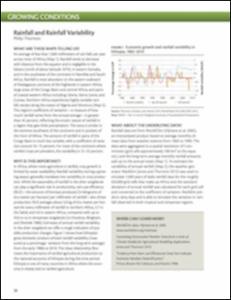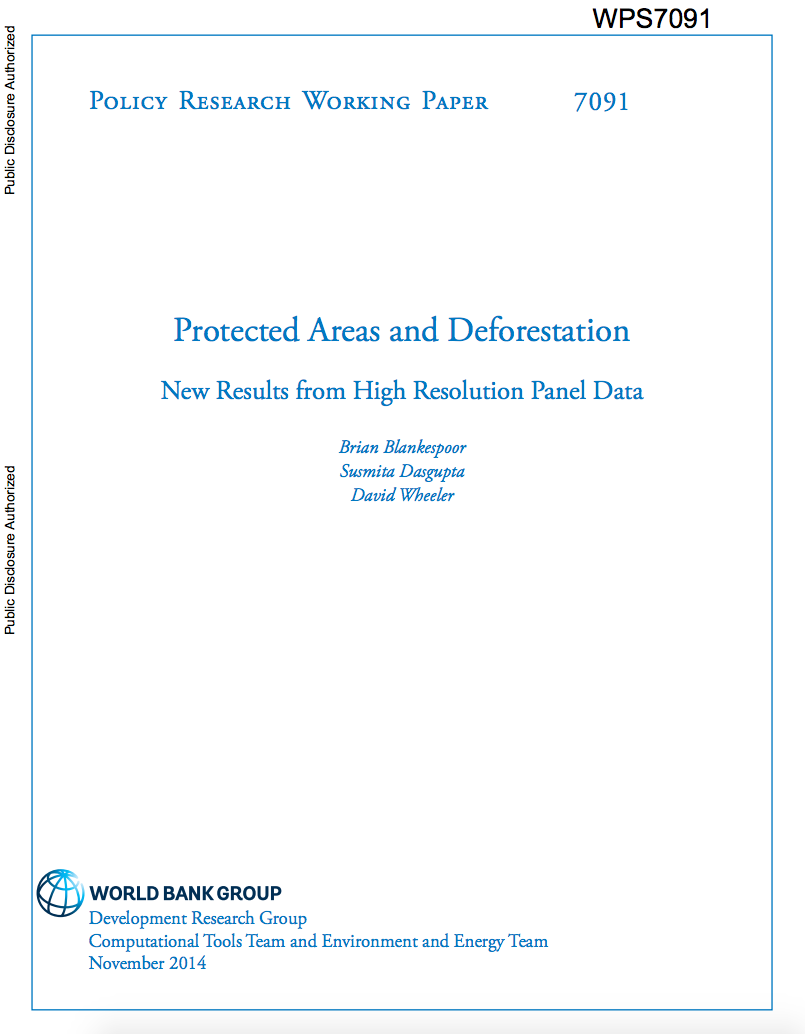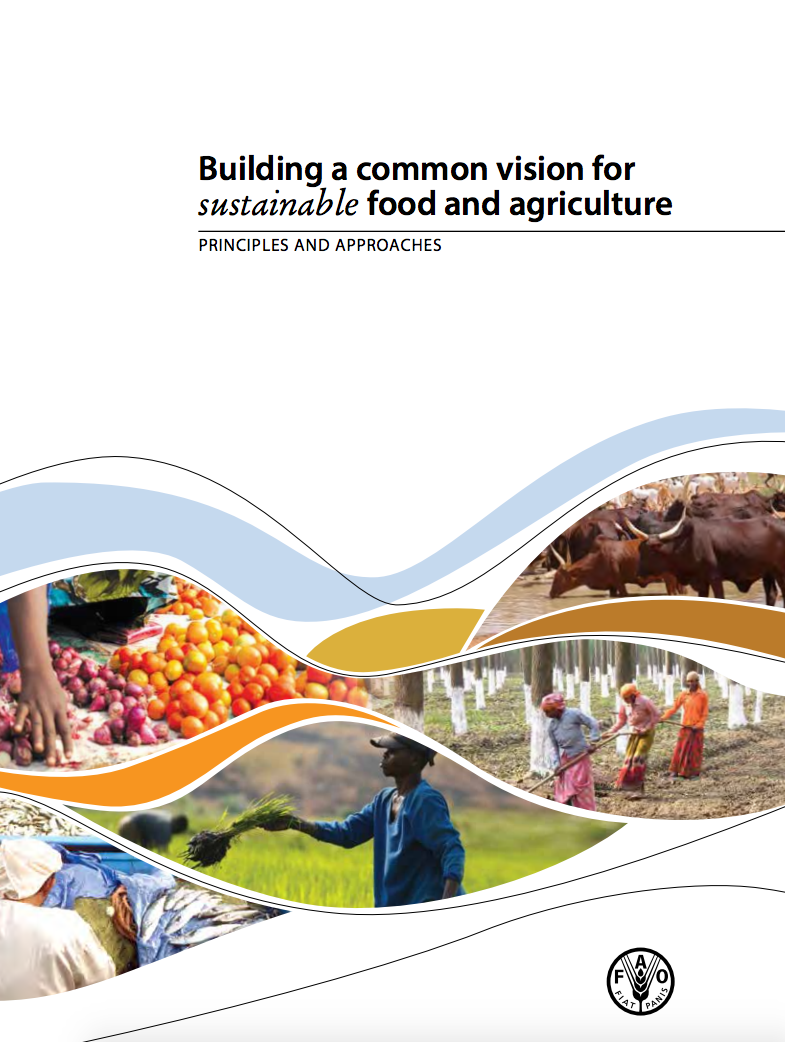Can Agricultural Households Farm Their Way Out of Poverty?
This paper examines the determinants of
agricultural productivity and its link to poverty using
nationally representative data from the Nigeria General
Household Survey Panel, 2010/11. The findings indicate an
elasticity of poverty reduction with respect to agricultural
productivity of between 0.25 to 0.3 percent, implying that a
10 percent increase in agricultural productivity will
decrease the likelihood of being poor by between 2.5 and 3







